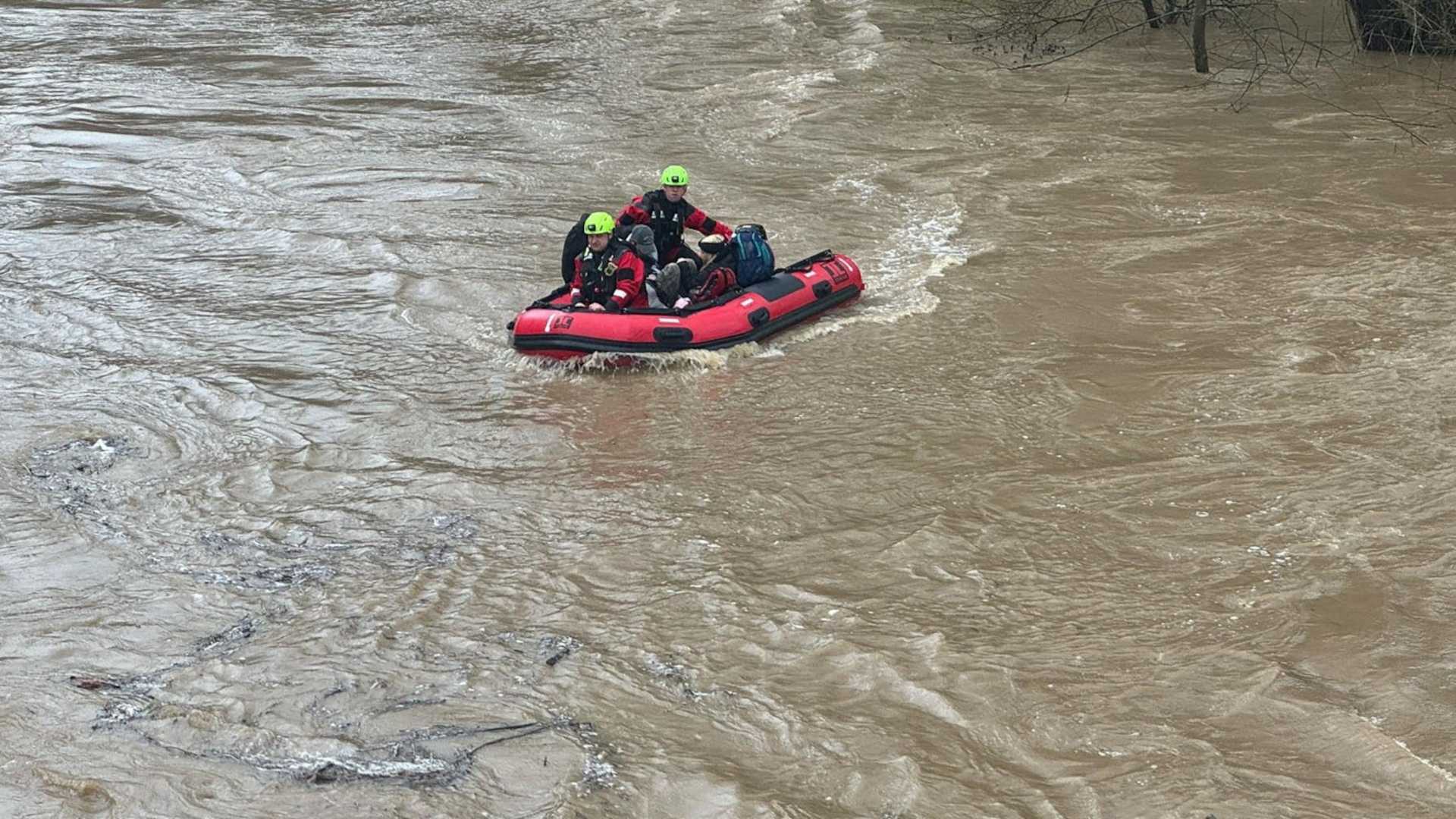News
Severe Storms and Flash Flooding Threaten the South this Week

AUSTIN, Texas — An active weather pattern is affecting parts of the South this week, bringing the risk of severe storms and flash flooding. A blocking pattern, known as an omega block, has developed, causing the typical west-to-east jet stream flow to stall, which can lead to significant weather across the region.
This week began with severe weather threats in central and West Texas. Areas like Fort Worth, Austin, Abilene, and San Antonio are facing risks of damaging winds and hail. The National Weather Service has already issued a Severe Thunderstorm Watch for counties along the I-35 corridor and Hill Country, effective until 10 a.m. on Tuesday.
“We are concerned about the potential for severe storms, including large hail and isolated tornadoes,” said the KVUE Weather Team. They also warned that not everyone will experience severe weather, but preparedness is vital as storms are anticipated to develop.
Tuesday morning will see rounds of storms across Texas, with the possibility of strong to severe storms impacting the Austin metro area during the early commute hours. The Storm Prediction Center has classified the severe weather risk as “slight” for most of the KVUE region, while parts of the northeast Coastal Plains face an “enhanced” risk.
As the day progresses, atmospheric conditions will remain ripe for severe weather. Heavy rainfall and flash flooding are concerns as well.
Weather patterns are not limited to Texas. The mid-Atlantic and Northeast are also expected to have scattered showers and storms. The potential for flash flooding persists, especially in the New York tri-state area.
By Tuesday night, conditions will remain active, with severe weather threats extending into Louisiana, Arkansas, and Mississippi as well. A second wave of storms may develop overnight, potentially affecting areas east of I-35.
The KVUE Weather Team is urging residents to stay updated on weather conditions and forecasts as this system evolves. By the latter part of the week, while the blocking pattern may begin to break down, localized heavy rain is still expected on the Gulf Coast, parts of Florida, and throughout the Southeast.












